
Ginevra Gafaro
There is nothing that hits the spot like a good bad science fiction film. For the best bad science fiction, there is nothing quite so satisfying as the genre of masked wrestler movies.
These films are required to balance plot, science fiction, and actual wrestling all while operating on a tight budget and being filmed in a short number of weeks. The ingenuity required of the cast and crew is nothing short of extraordinary. There are no stunt doubles and little room for error.
Two of the best examples of the new genre, Invasion of the Zombies and Samson Versus the Vampire Women, are now showing in a double feature at the Fort Lauderdale Thunderbird Drive In Theater — dubbed in English, but I've seen the originals, and I had to see them again in any format possible, they're that good.
Why These Films are Good
The plots of both films follow a simple premise: science fiction shenanigans occur and the best person to help resolve it is the masked wrestler Samson. It is easy to extrapolate how it ends from there. The beauty of these films is in the fast pace that keeps viewers at the edge of their seat and frankly, that they offer some of the most impressive wrestling matches ever seen on the screen.

The masked wrestler himself, El Santo.
Both of these films star actual masked wrestler Rodolfo “El Santo” Guzman Huerta essentially playing himself on the big screen. Both films are produced by Alberto Lopez with cinematography by Jose Ortiz Ramos. Starring opposite El Santo is Jaime Fernandez who technically plays a character named Detective Rodriguez in one film and a character named Inspector Carlos in the other, but it is easy to imagine them as the same character.
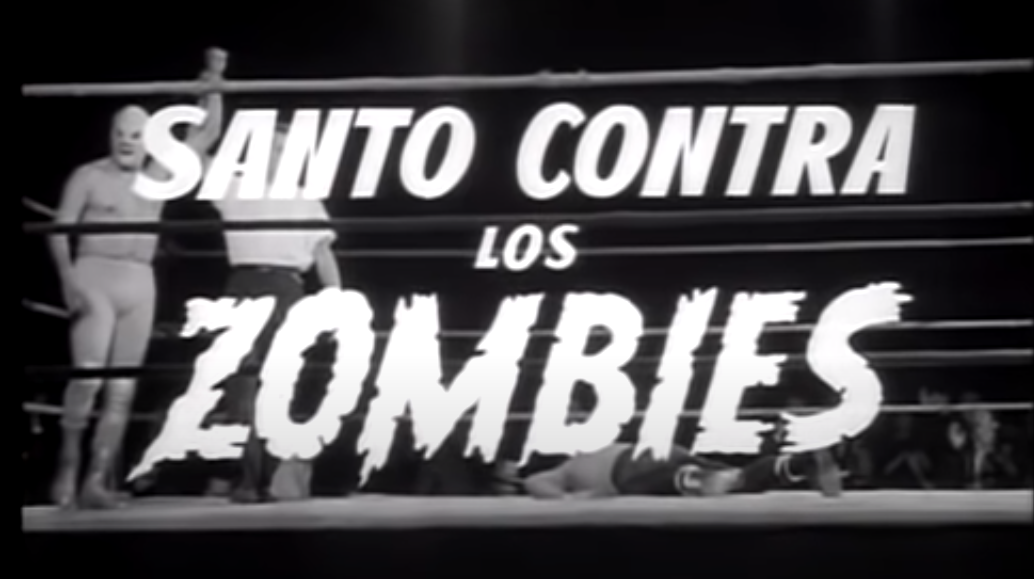
Title shot from the original film, Santo Contra Los Zombies. This was later released in English under the name Invasion of the Zombies.
Invasion of the Zombies opens exactly as you might expect: on a ring match between Samson and another wrestler. The bout is a combination of choppy greco wrestling and some impressive lucha libre moves. One lovely highlight is when Samson jumps, grabs his opponent around the neck with his ankles and throws him flat on his back over on the other side of the ring. Incredible.

Gorgeous.
The match goes on for about ten minutes before the actual plot begins (which is just fine). A young woman, Gloria, reaches out to local police after her father disappears. He had just finished his book on zombies. Three detectives agree to take the case, and they head over to her house to investigate. They find no leads but they do meet her uncle and his dedicated caretaker, who are distraught about the missing relative.
The film cuts to three men breaking into a jewelry store while moving in unison. They use what appears to be a laser wand to burn through a jewelry vault. A man walks in and shoots one of the three men. The bullets don’t affect him in the slightest, not even when one is shot directly in his head! The shooter is knocked unconscious by what is clearly a zombie and the three robbers leave. As they approach their getaway car, the police attempt to stop them. Again, bullets have no effect on these men, who are all obviously zombies, and the police are easily defeated.

Three robbers, who may or may not be zombies, empty out safe deposit boxes.
And Now For Samson
The officers explain the events to the police chief back at their station. No one uses the word zombie but it’s pretty clear this was not the typical robbery. The police chief calls local masked wrestler Sampson for help on his audio/visual communications system. Clearly the strange circumstances can only be resolved with his assistance.
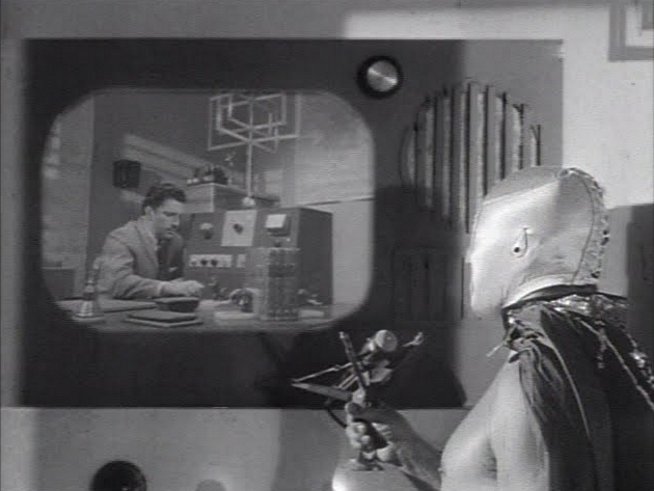
Samson talks with the Police Chief regarding his request for assistance.
Meanwhile the private investigators looking for the missing professor come to the same conclusions as the police chief: they decide to ask Samson for his help in their investigation. No explanation is given, but really, at this point does anyone need to provide one?
Samson somehow manages to use his communications system to spy on the black hooded villain controlling robbers. He sees the villain order the three robbers to steal children from the local orphanage. Samson rushes over to stop them. When he arrives, the zombies have children under each arm and the orphanage is on fire.
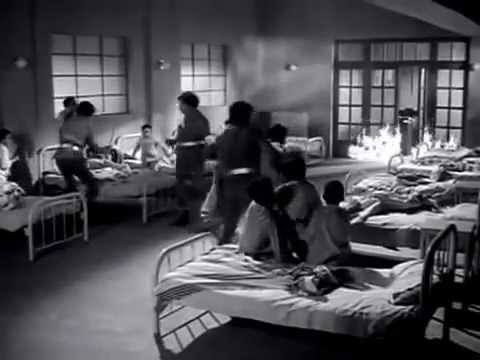 Zombies steal children from the orphanage and light it on fire. Because they're evil.
Zombies steal children from the orphanage and light it on fire. Because they're evil.
Luring them outside to fight in the grass, a three-on-one battle ensues, Samson keeping them busy until the police appear. The good guys then all band together to stop the three robbers and yet the robbers still manage to defeat them. Not all is lost; the zombies escape without stealing any children.
The officers manage to identify the robbers and are shocked to discover they are all dead men. It is at this point that someone proposes that these people are zombies. The police chief cannot believe it.
To The Shock of No One, Things Escalate
The black hooded villain decides something must be done about Samson. He abducts Samson’s next wrestling opponent and injects him with an unknown substance.
In the ring match against Samson, the opponent shows superhuman strength and skill, nearly choking Samson to death. Samson notices something strange under his opponent's tights and pulls open the hem of his pants. The tug causes smoke to pour out from the pants and the opponent falls over in the ring. His body disappears right in front of everyone, leaving behind a strange belt on fire.
The villain then decides to try to kidnap the Mayor and Gloria. Like you do.

The villain gives his orders to his three favorite zombies.
Samson and the team of detectives trace the villain down to his lair, Samson battling the villain while the police fight the zombie horde. He manages to slay him and break the zombie controlling machine. The identity of the villain is revealed and the zombies disappear in a mesmerizing special effect.
![]()
Zombie Horde.
Here the story ends with a beautiful comment from Samson: “When men violate the rules of God, they become victims of their own misdeeds.” It is a more thoughtful ending than one would expect for a movie about a masked wrestler fighting zombies.
Samson Versus the Vampire Women
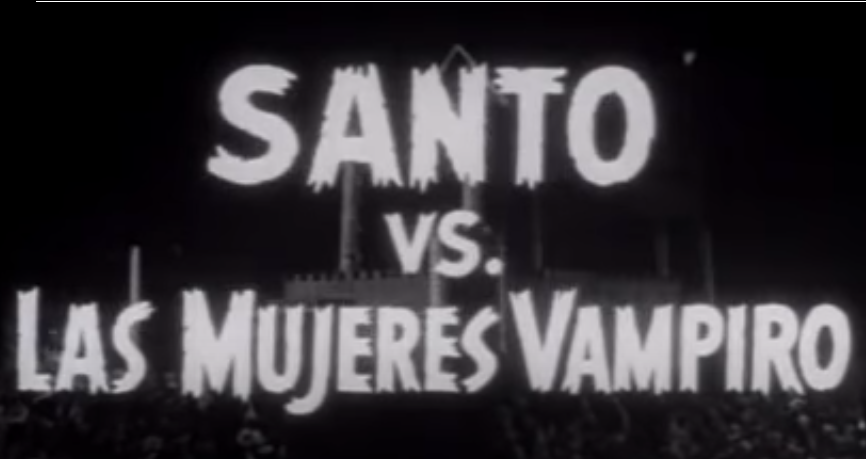
Original title shot of Santo vs. Las Mujeres Vampiro, later released in English under the title Samson vs. the Vampire Women
Samson Versus the Vampire Women starts strong with haunting music and beautiful close ups. A vampire woman, Tundra, slips from her coffin to awaken three male vampires from their slumber. The men have been chained to granite slabs while the women rest comfortably in underground coffins.
The aesthetics of their home are stunning, a fine line between Gothic and Grecian. The special effects on the audio render the opening monologue nearly unintelligible but the beauty of the film makes it irrelevant.
The film cuts to a young woman, Diana, playing Moonlight Sonata on the piano for her brother and father. She stops playing and claims she felt summoned by the face of a beautiful woman.
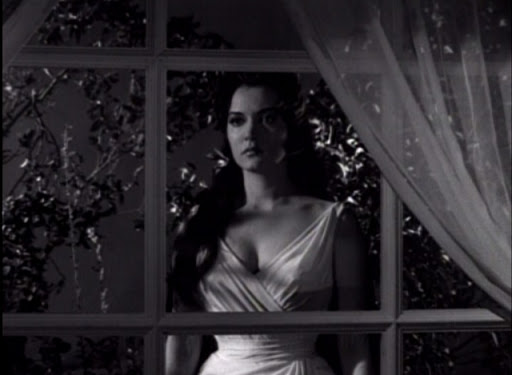
This is the beautiful woman Diana believes is watching her. She's right.
Diana and her brother retire for the evening, leaving their father to pull out some papers covered in large hieroglyphics. He starts to translate the document, stating that in 200 years a descendant of the woman named Rebecca will be called when she turns 21 to be put through the rituals of the vampire women.
This appears to be a universe where 200 years prior, people recorded information by using rudimentary hieroglyphics as a cipher to prevent the information from falling into the wrong hands. This is the only explanation one can surmise for the use of hieroglyphics spelling out gibberish and being read in the wrong order.
The professor calls Samson for assistance on his audio/visual communications device. Samson enters his office through the balcony, and the professor explains that Samson is the masculine equivalent of Rebecca with the condensed force of masculine strength. The actor's ability to deliver that bit of dialogue is impressive. The professor asks Samson for his assistance in keeping his daughter Diana safe. It is believed that she is the descendant of Rebecca. It’s either that, or she’s the descendant of Sappho.
![]()
The professor speaks with his friend Samson. I wonder how they became friends.
It is very important for you to know that Samson spends this entire film wearing tights, his mask, and an optional cape. It’s a good look.
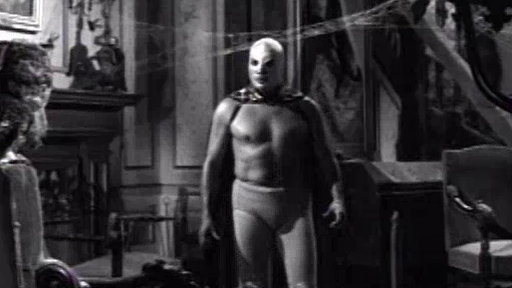
Samson looking very handsome in his shirt optional attire.
We Now Interrupt Your Plot for Wrestling
Here the film cuts to Samson at a wrestling match. The match goes on for quite a while, but it’s composed of excellent fight choreography. And if you didn't come here for the wrestling, why did you come here?
Afterwards, the film moves back and forth between some quick scenes:
The vampire woman from the beginning of the movie bites Diana’s neck and drinks her blood before running off. The Carmilla similarities are off the charts.
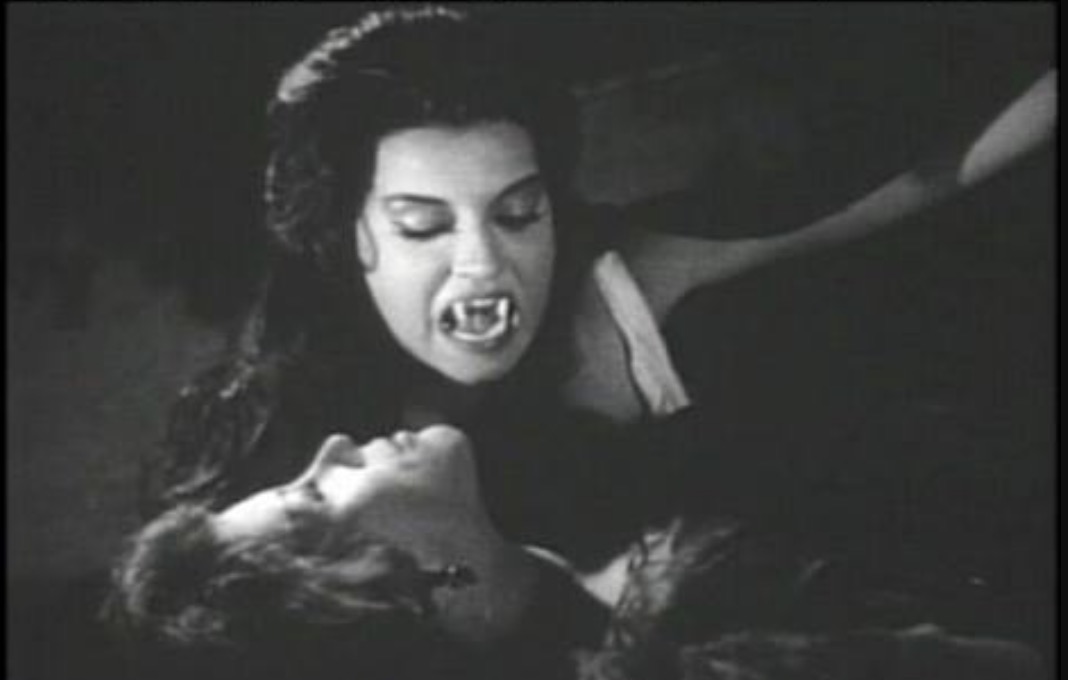
The vampire leans down to drink Diana's blood.
A group of vampire women corner a man and drain him of blood in their lair.
The vampires discuss how they will take Diana on her 21st birthday. It is just as absurd as you can imagine, a cross between a high school girls sleepover and a cult militia. I am torn at this point in the movie. On one hand, clearly Diana would be happy with these young women considering that this is being presented as some sort of destiny plot. On the other hand, she can do better.

The vampires gather to discuss the abduction of Diana. My enemy, rubber bat on a string, makes an appearance.
In the evening, the professor throws a birthday party for Diana. The front door is guarded by two men who are charged with making sure no one enters without an invitation. A male and female vampire put him into a trance and slip in among the party guests. Not proficient at mingling, the vampires are discovered and Samson shows up to fight them. He manages to drive them off. A man is found dead from vampire bites. The group gathers to discuss next steps.

Two vampires walk into a party. They talked their way into an invitation.
Plot Relevant Wrestling Commences
Samson is forced to leave in order to fight in his next wrestling match. His opponent wears a black mask and fights with inhuman strength. Things are touch and go but Samson unmasks his opponent only to reveal a hideous vampire face. The spectators and officials riot. In the confusion, the vampire escapes and is next seen abducting Diana in a taxi.
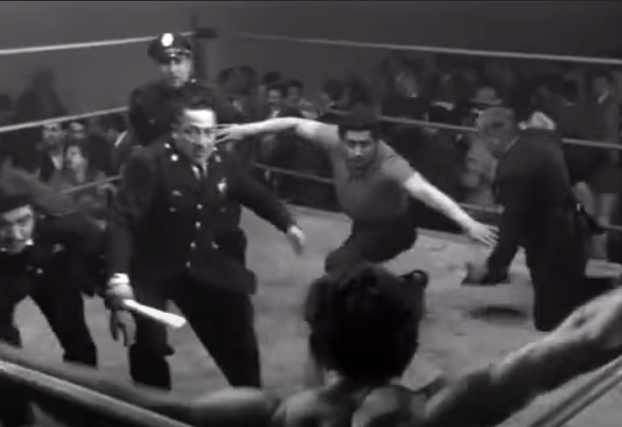
Nearby officers try to stop the vampire while wrestling fans riot.
Her father consults his books and thus determines the location of the vampire lair. Samson immediately heads over… and walks into a trap. The vampires chain him down on one of the granite coffins but the foxy Samson manages to escape. He keeps the vampires busy but they pin him down, reaching for his mask. Just as they are about to reveal him, the sun comes in from the windows and sets the vampires on fire. A few manage to escape to the underground lair, but Samson is determined to stop them. He grabs a flaming torch and sets all of their coffins to blaze.
![]()
Samson sets fire to the vampire coffins.
Triumphant, Samson carries Diana out of the lair. He hands her back to her family and drives off into the distance.
It Sounds Terrible. Why Bother Watching?
So is it worth watching a pair of import SF films about a wrestler fighting the evil forces of the supernatural? In a word, yes. Invasion of the Zombies offers some stunning visuals and a clever version of zombies not seen before on the silver screen. Using a belt and computers to control zombies? Brilliant. Similarly, the soundscaping in Samson Versus the Vampire Women really cannot be overpraised — creepy, haunting, and beautiful in equal measures. And El Santo is always a joy to watch, one of the greatest athletes to appear on the silver screen.
True, there is also some awful film making. Invasion of the Zombies doesn’t even bother to attempt to explain why a masked wrestler is the ideal person to fight zombies or search for a man in a missing persons case. For every jaw dropping action sequence in both films, there was at least one very stupid on screen event. The ancient Egyptian bit was particularly enraging.
But the gravest sin of all, dear readers, is the use of a cheap rubber bat on a visible string in multiple shots of Samson Versus the Vampire Women. The bats weren’t even necessary for the film’s progression.
Still, for all the faults, at the heart of both films is a sincerity. Their creators clearly tried to make a product greater than the sum of its parts. That the films end up a joy to watch despite their admitted flaws is evidence that the creators have succeeded.
These two movies are truly some of the best bad science fiction that wrestling has to offer.

Samson waves goodbye.

![[November 4, 1965] The Best Bad Science Fiction Wrestling Can Offer (A Review of Two Films of <i>El Santo</i>)](https://galacticjourney.org/wp-content/uploads/2020/11/651104movie-472x372.jpg)

![[October 29, 1965] Oater, West German style (The movie, <i>Winnetou Part 3</i>)](https://galacticjourney.org/wp-content/uploads/2020/10/5a1441daf614126548c35936c9c5d183-493x372.jpg)



![[October 8, 1965] Handle with Care (<i>Forbidden Planet</i>)](https://galacticjourney.org/wp-content/uploads/2020/10/651010a-672x372.jpg)





























![[October 6, 1965] Go, baby, go! (<i>Faster Pussycat! Kill! Kill!</i>)](https://galacticjourney.org/wp-content/uploads/2020/10/99f21f4b8fd97f8ef16ec5f38a6030ae-2-500x372.png)

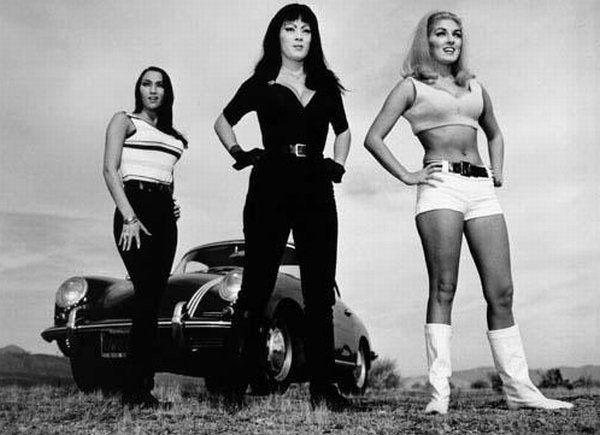
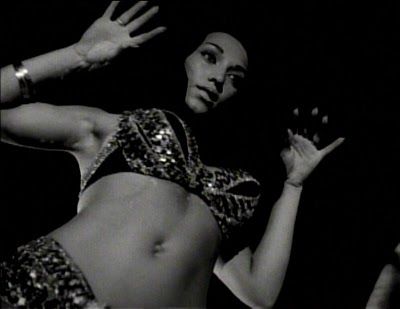
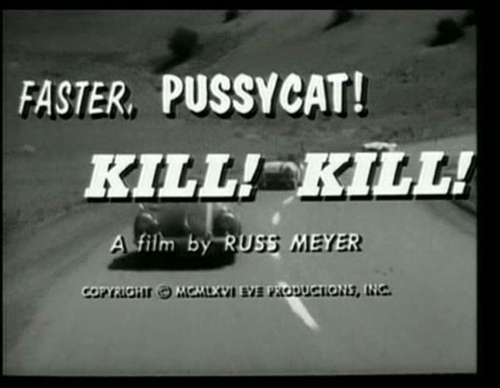
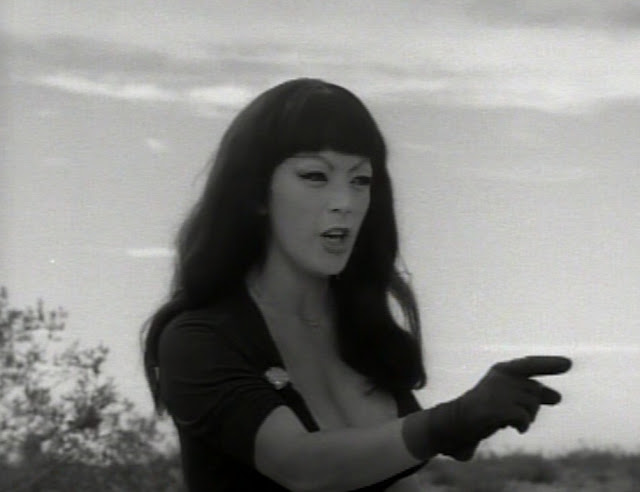
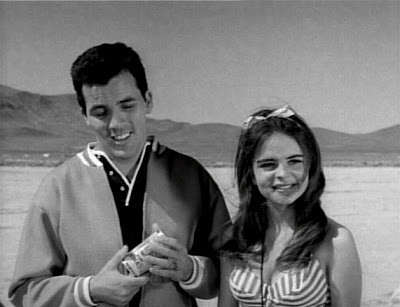

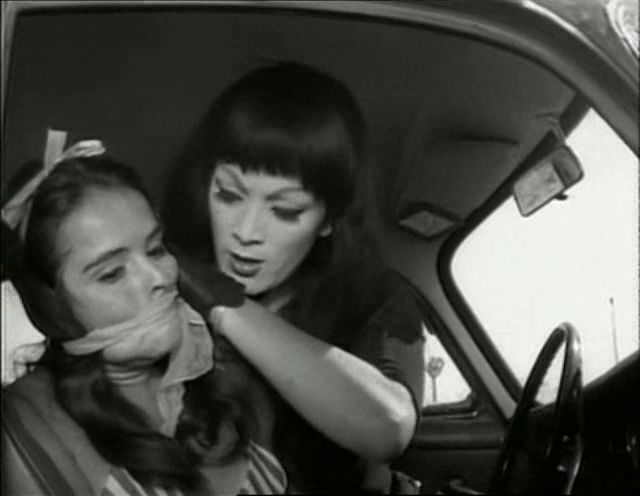
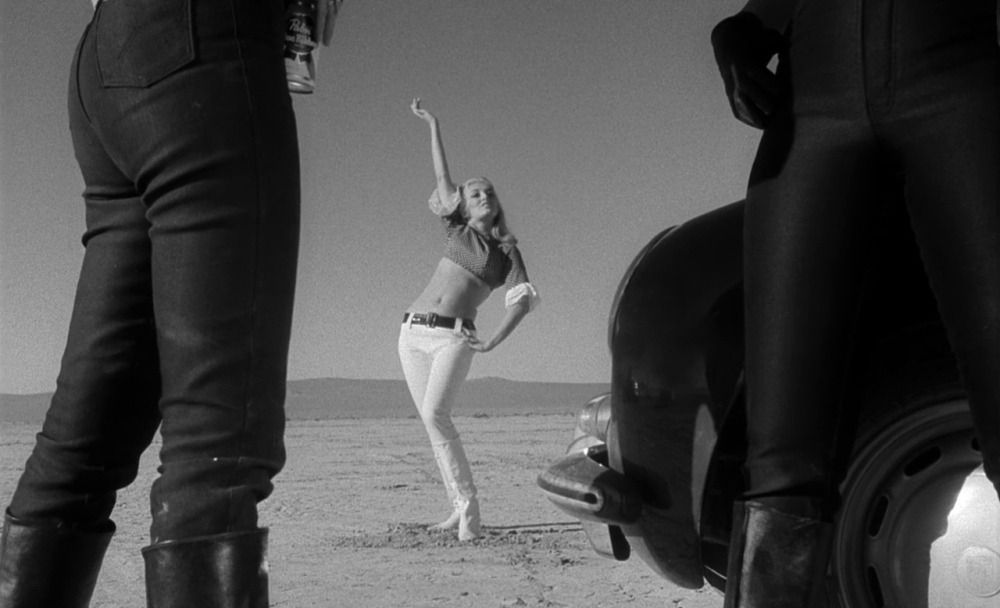
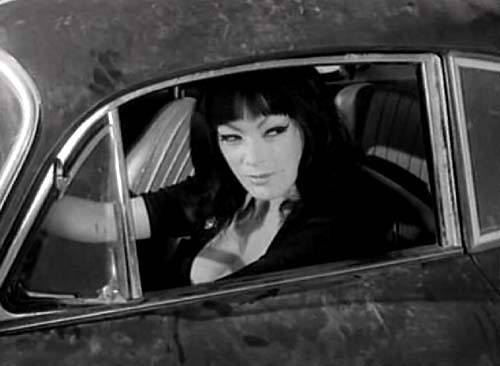
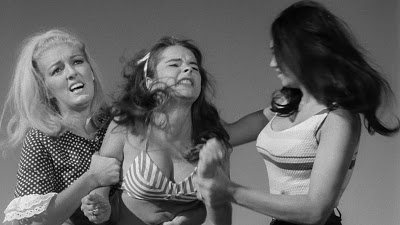
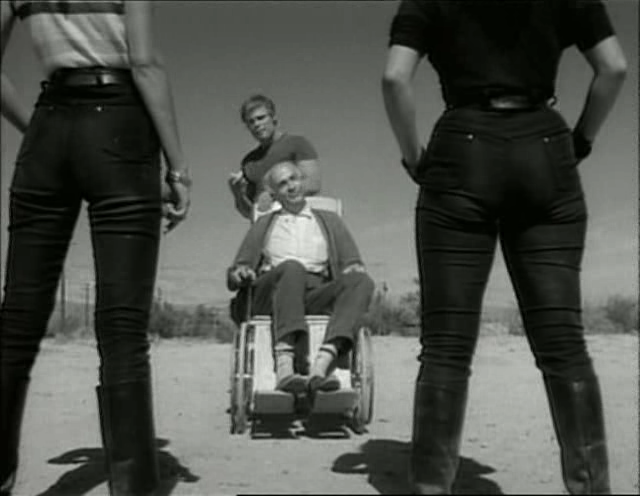
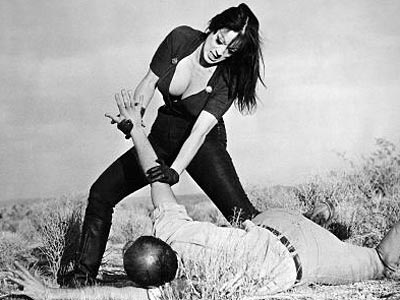
![[September 24, 1965] False Advertising (<i>Frankenstein Meets the Space Monster</i> and a brief history of Mary Shelley's creation on film)](https://galacticjourney.org/wp-content/uploads/2020/09/4d6e7604f0053e87ac44cfd4c8fb9dd0e9de58b6r1-749-920v2_hq-2-672x361.jpg)





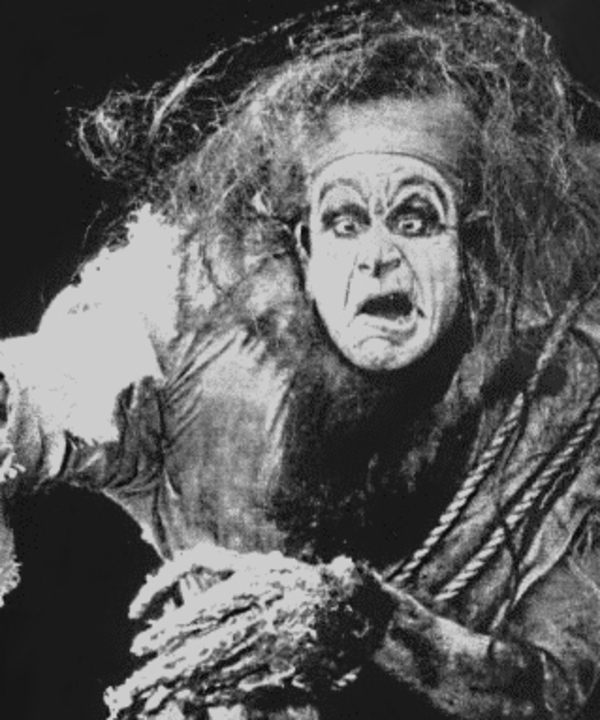


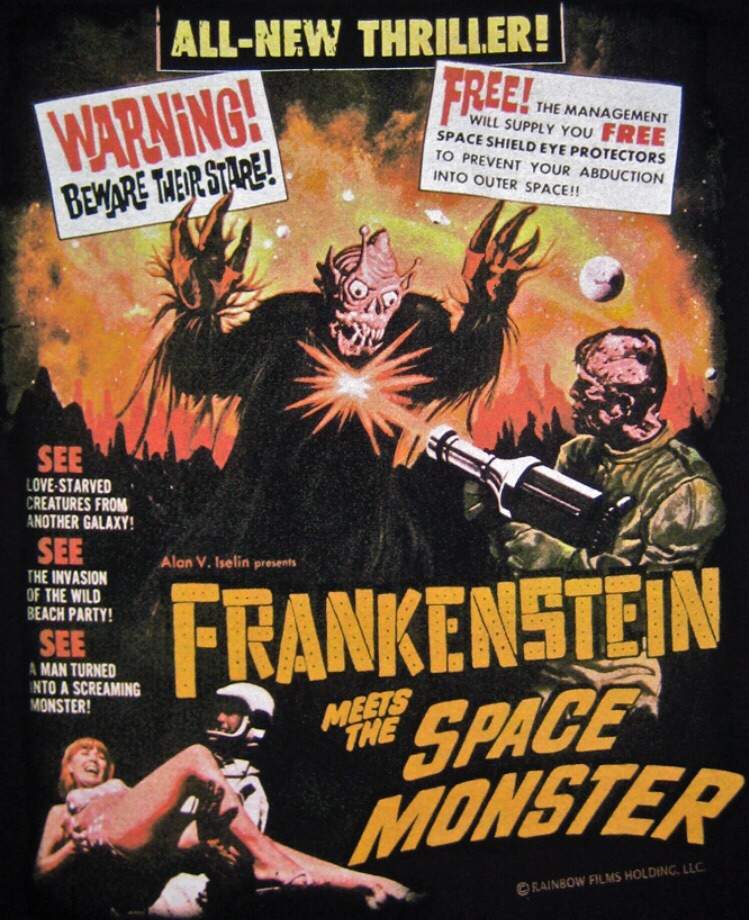



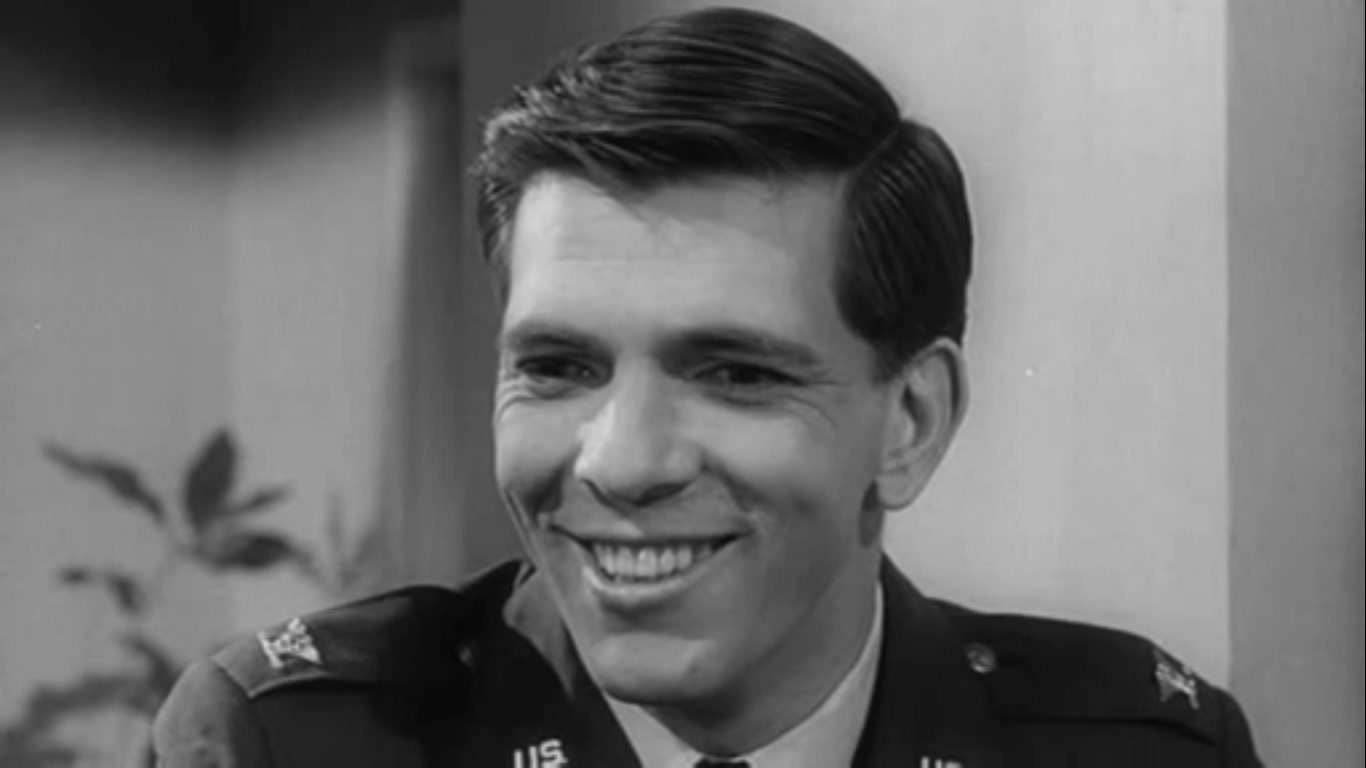
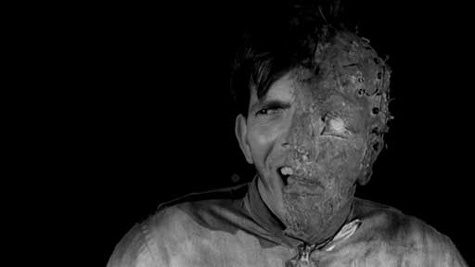

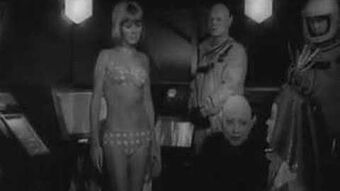

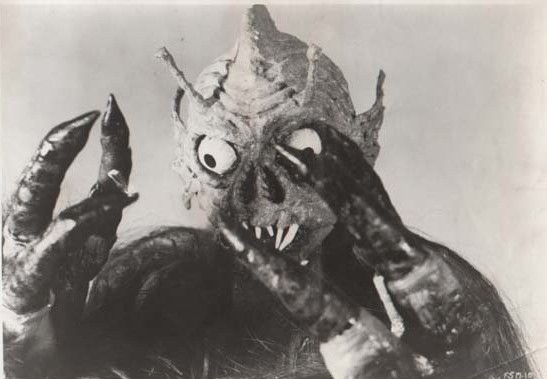
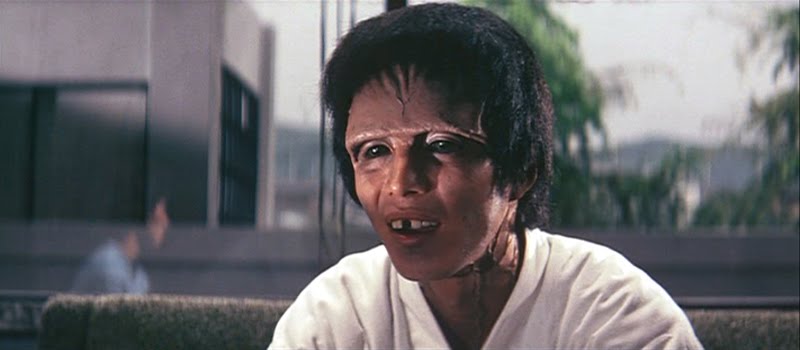

![[September 18, 1965] Disastrous! (<i>The Day the Earth Stood Still</i> and <i>When Worlds Collide</i>)](https://galacticjourney.org/wp-content/uploads/2020/09/650918s15-672x372.jpg)













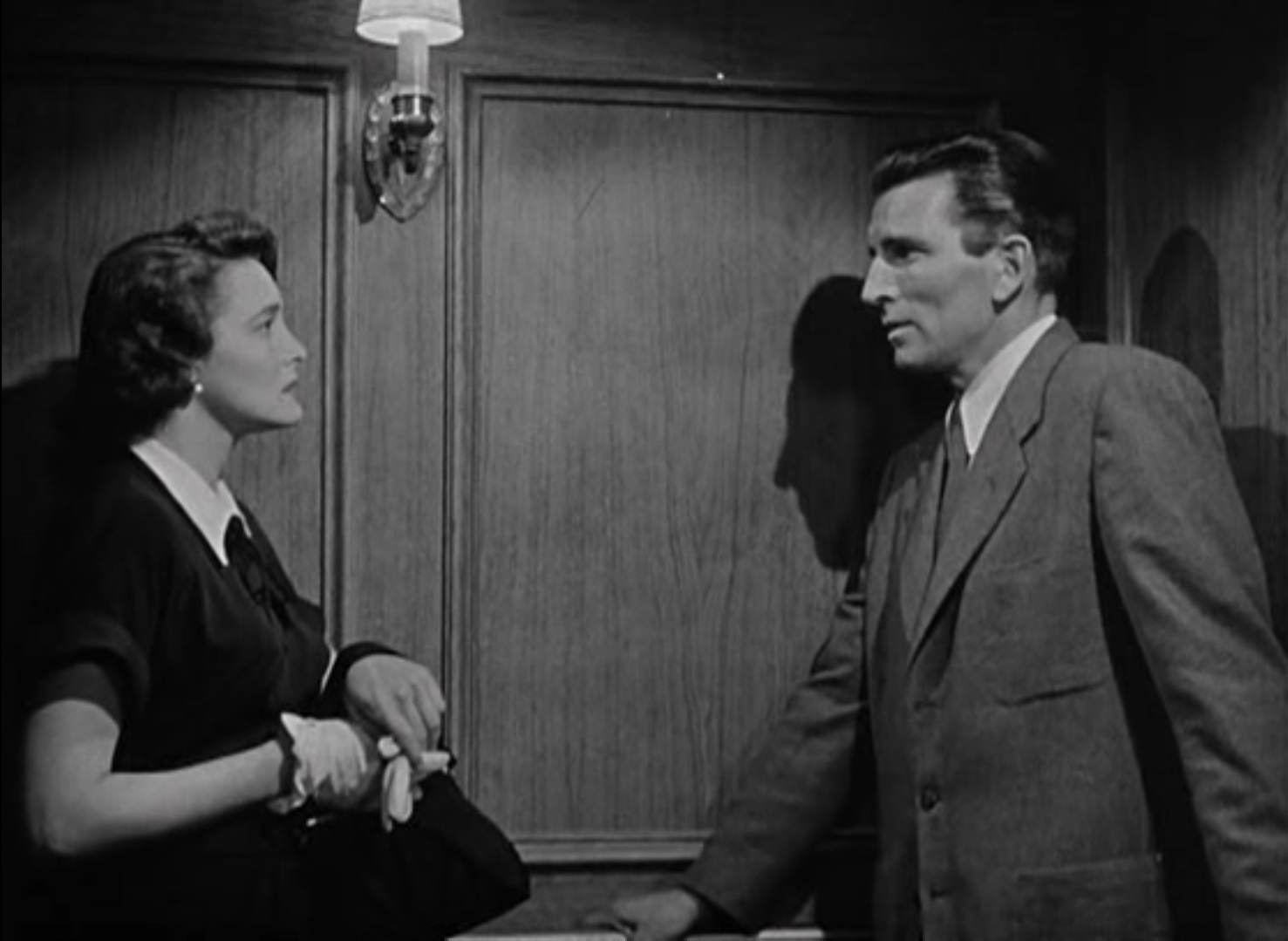





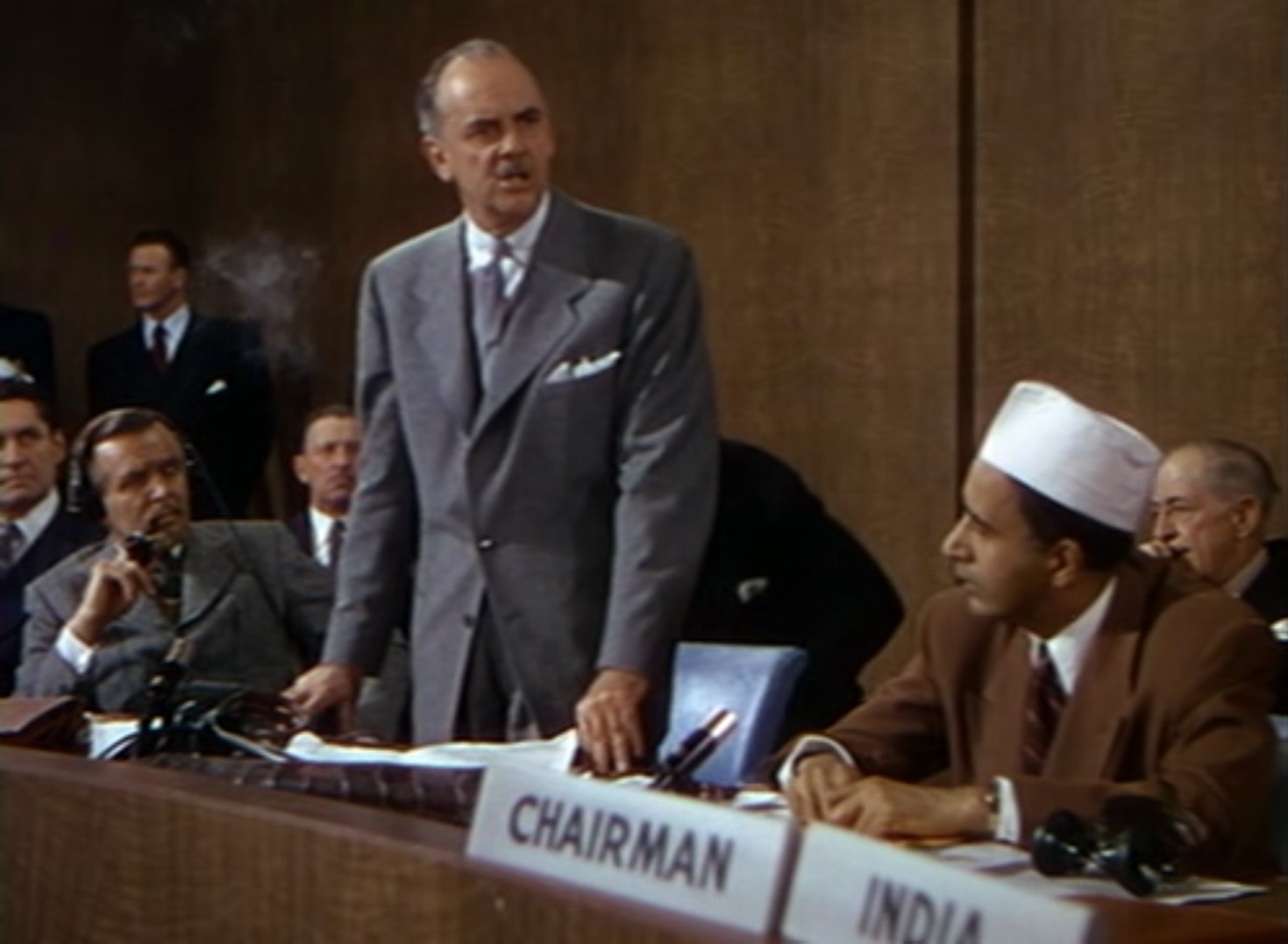










![[July 24, 1965] Sun, Sand, Surf, Swimsuits, And The Supernatural (<i>How To Stuff A Wild Bikini</i> and a Brief History of Beach Movies)](https://galacticjourney.org/wp-content/uploads/2020/07/1303731403-How-to-Stuff-Wild-Bikini-Movie-1965_hires-672x372.jpg)

















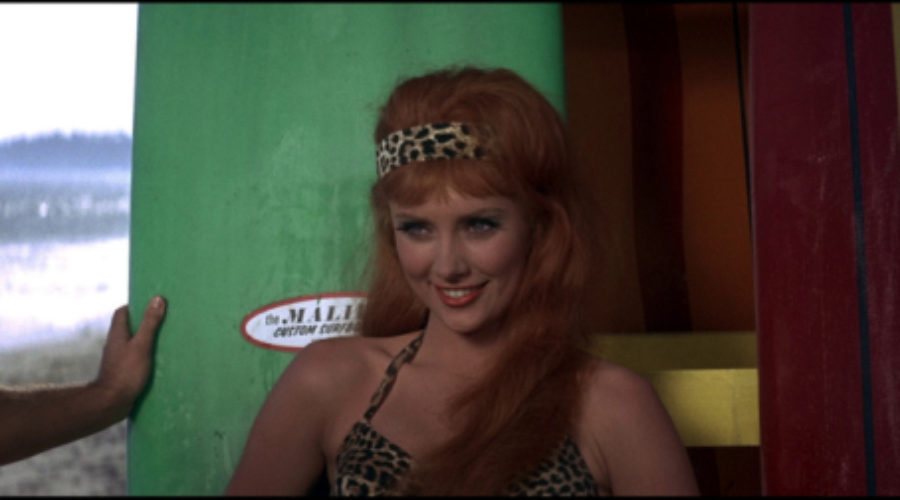





![[July 10, 1965] "Since I fell for you" (a Young Traveler's crush)](https://galacticjourney.org/wp-content/uploads/2020/07/650710randall-480x372.jpg)









![[July 6, 1965] Same Difference (<i>Dr. Who And The Daleks</i>)](https://galacticjourney.org/wp-content/uploads/2020/07/650706daleks-672x372.jpg)

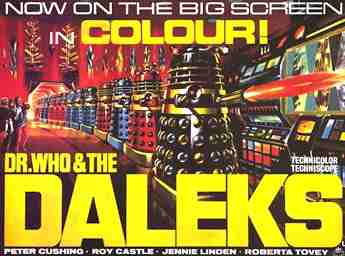
![[April 20, 1965] Less Satanic Than Expected (John Sturges' <em>The Satan Bug</em>)](https://galacticjourney.org/wp-content/uploads/2020/04/650422_movieposter-672x372.jpg)








